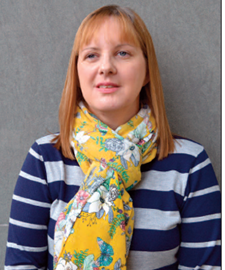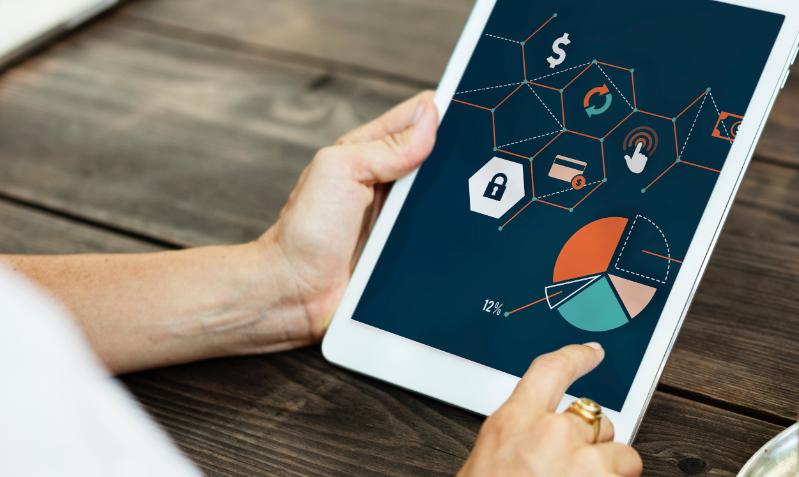What is accessibility?
Accessibility is about designing courses and developing a teaching style to meet the needs of people from a variety of backgrounds, abilities and learning styles. Accessibility is about removing barriers to enable users to engage and take part in everyday activities. In higher education it is important to create an environment that enables learners to participate fully in university life, this involves reducing and overcoming the barriers that might occur in:
- Digital content;
- Learning and teaching material;
- Assessments.
Make the learning environment more inclusive
Where possible follow the principles of Universal Design for Learning (UDL), which means providing as many different options as possible for students with their learning as higher education has such a diverse range of learners from under-represented groups, mature students, parents, international students, students with a disability, learning difficulty or mental health needs. All physical and virtual learning spaces should be accessible.

Educational institutions and programmes must be accessible to everyone, without discrimination, including buildings, information and communication tools, the curriculum, educational materials, teaching methods, assessments and language and support services, with a particular focus on universal design. Bronagh Byrne (Byrne 2019, p.7)
Senior Lecturer, QUB SSESW

